How to Plan a Successful Webinar

Nothing scares people more than a sudden change brought to us by the Pandemic. It changed the way we live and do business. The way we interact with one another. Less than a year ago, it was natural to hop on a plane to attend an event or a trade show on a different side of the world. Now it seems like a distant dream.
Why Is It Important To Know How To Plan a Webinar?
Regardless of the Pandemic, from a sustainability perspective, we would all agree that flying to the other continent to give a twenty-minute presentation to a bored audience is a model that needed to change. Pandemic just brought this change closer and forced us to adapt to the new circumstances.
With the popularity of in-person events, it is not surprising that 65% of professional event planners never had experience organizing virtual events pre-COVID.
Going completely online presents a fundamental challenge both to organizers and attendees: can we have a "real" webinar or a conference experience, one that creates a sense of togetherness? This challenge presents a fantastic opportunity for growth and development. So if you wonder how to organize a webinar that people will want to attend and watch, you've come to the right place. In this article, we are going to look at how to plan an excellent webinar .
Should You Host a Webinar?
Webinars are a great lead generation tool. However, many webinars are boring because marketers often forget that not all the content is worth a webinar. So before you start planning, you must ask yourself whether the content you will present will be useful for your audience. Is it going to be worth the participants' time? Is it going to be timely and relevant? Would you want to watch your webinar? If you answered yes to these questions, then you are ready to start planning.
What Kind of Content is Suited for a Webinar?
Here are some ideas for the content that is suited to the webinar format:
- A detailed discussion about a trending topic from an unconventional angle.
- Actionable, thorough, and insightful tutorials
- An interview with a recognized expert in your industry
- A panel discussion involving experts on a critical issue in your industry.
Remember: it is always better to underpromise and overdeliver. Do not advertise sensational content if you are going to disguise a sales pitch as a webinar. Live up to your promises, so you can protect your reputation and build long term relationships with your audience.
How to Choose a Topic for a Webinar?
Now that you have decided what kind of content you will present, let's discuss how to find a topic for your webinar.
Ultimately, your industry and the nature of your business will determine the subject of your online event. So if you are a marketing agency, choose a topic related to marketing trends. If you are a web designer, you can talk about tips and tricks to create a converting web-page. The challenging part is to develop a specific subject matter that will be exciting enough for your target audience.
Some great tools can help you brainstorm topic ideas:
- Answer the public is a great tool that visualizes popular search queries and suggests questions by generating a search cloud image. For example, let's say you are running a marketing agency and looking to host a webinar to update your B2B customers on the latest marketing trends. Start your keyword research around the query "marketing trends." The search cloud image will give you an idea of the questions marketers have:
- Buzzsumo is a robust platform that lets you find popular content by topic. You can look for most shared content on social media channels and discover what people are talking about online in any part of the world. Here is an example with the most trending topics on marketing:
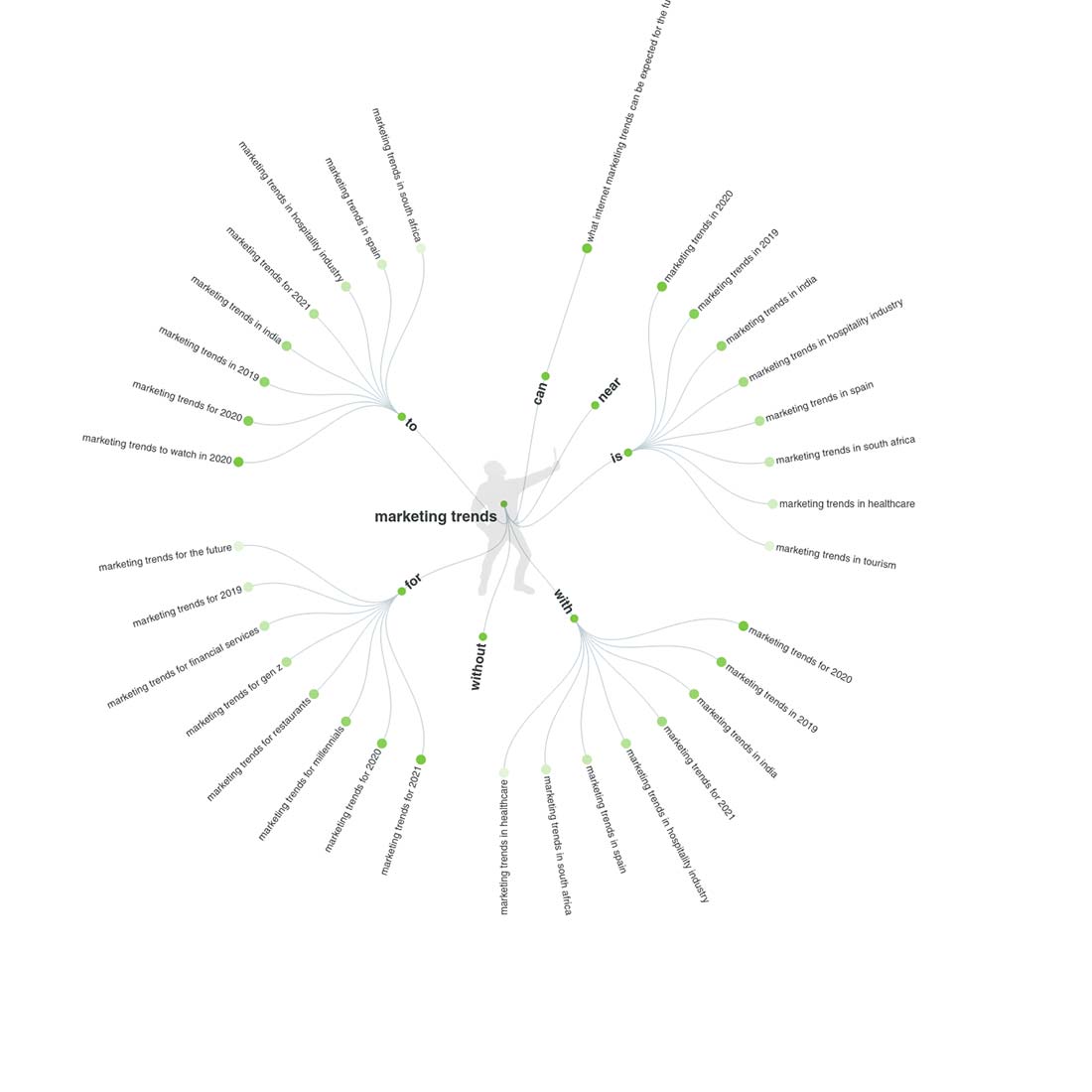
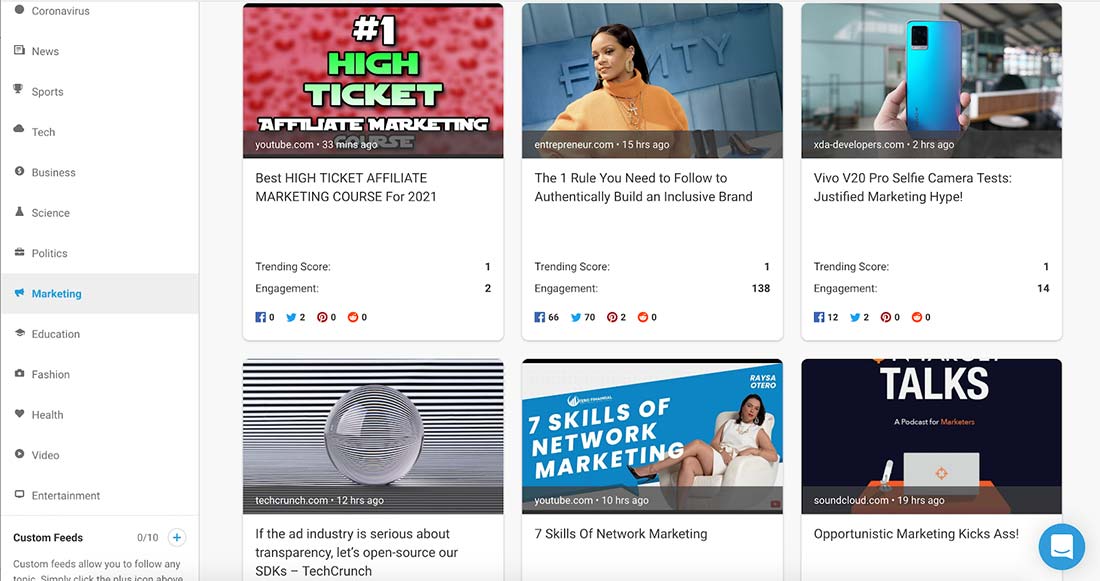
These tools and your understanding of your target audience will guide you to pick a subject of your participants' most interest.
Build an Agenda
Once you decide on the topic for your webinar, it is time to build an agenda to allocate the proper amount of time for each sub-section. Let participants know what your webinar will cover, who the presenters are, and share any other important details with them. Plan a list of sub-topics and a flow of the webinar to create a cohesive experience. Always write one agenda for your participants and one script for yourself. To stay within each section's allocated time slots, do a few script rehearsals in front of the camera.
How to Promote Your Webinar?
Before you start promoting your webinar, it is essential to choose the right day and time. If your timing is wrong, you might end up wasting your time and marketing budget on a webinar that nobody will attend.
How to choose the right day of the week for a Webinar?
Avoid weekends at all costs. The best days to host webinars are Tuesdays, Wednesdays, and Thursdays. Mondays and Fridays tend to be the week's busiest days for most people because of last-minute emergencies and catch-ups.
How to choose the best time of the day to host a webinar?

The best time will depend on your audience locations, time zones they live in, and work schedules. If they work nine-to-five jobs, they might not be able to attend your webinar at 2 p.m. You may have to experiment with different days and times in the beginning to compare attendance. So you can tweak your timing to maximize conversion rates. If you are hosting your very first webinar and have no idea what time works best for your attendees, add a field in the registration form to let attendees fill in the time slots that are the most convenient for them. So you can adjust your webinar's schedule based on this information.
Creating a Landing Page for a Webinar
Start promoting your webinar at least two weeks in advance . The first step is to create a landing page. The landing page needs to be clear, straightforward, and set your audience's expectations. It should introduce presenters, topics that you will cover, date and time of the webinar, and a link to join the session. Finally, present the value of your webinar and what the participants will gain after attending it.
Take a look at this example from deluxe.com:
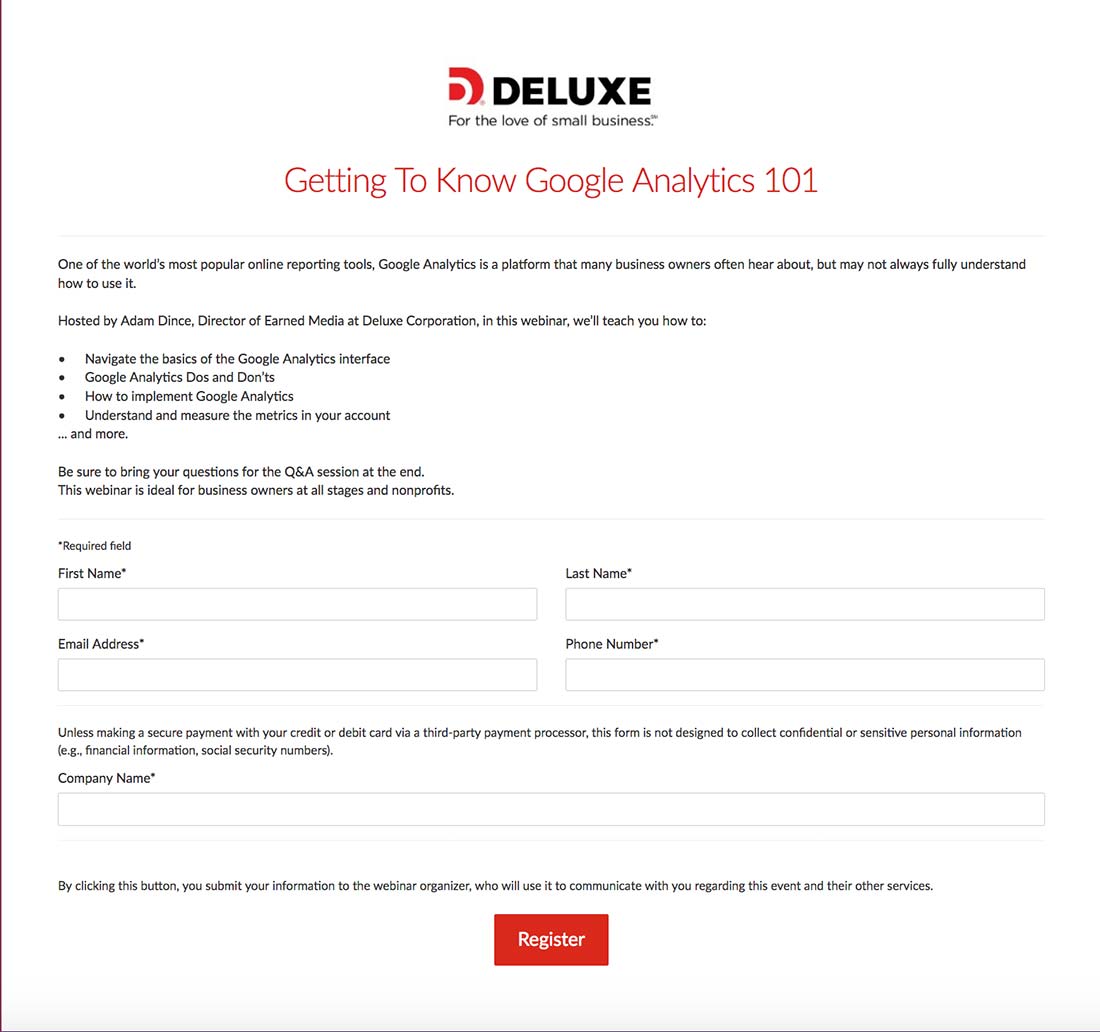
This landing page is easy to digest because it has a minimum of text and only essential information. The bulleted list quickly explains the benefits of attending the webinar. There is no way off this page as it doesn't have navigation. The CTA button is visible and pops off the background.
Send a Thank-you Email
Once a participant fills out the registration form, send a thank-you email together with the registration confirmation and a link to add the webinar to the calendar. Use a CTA "Add this event to your calendar" in your thank-you email.
Email Reminders
Two weeks and one week before your webinar, send your registrants reminders about the webinar's date and time and re-emphasize the value they will be getting from attending it.
Using Social Media to Promote Your Webinar
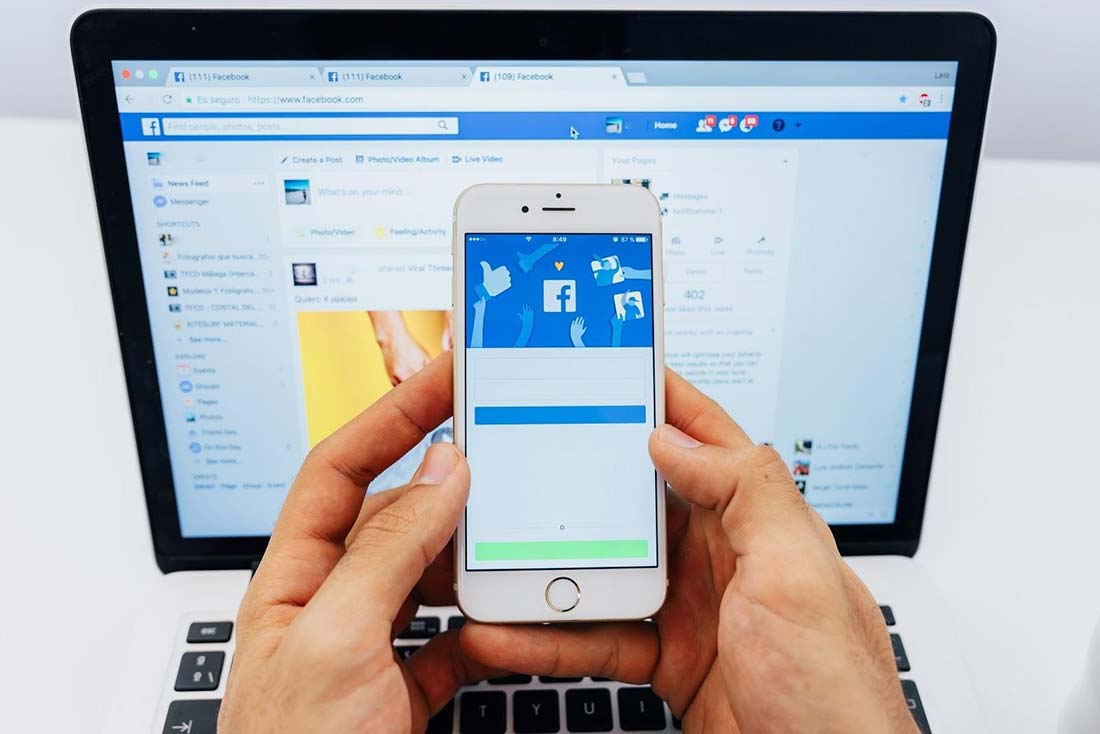
You know what is so cool about social media? It offers you an opportunity to create authentic content to promote your webinar. Your social media audience is less saturated than your email audience, so you can pepper in updates about your upcoming webinar and build excitement. Pick a dedicated hashtag for the webinar, include it in your landing page, emails, and social media posts.
Here are some tips for promoting your webinar on social channels:
- Use as many visuals as possible. According to Social Media Examiner, images and videos tend to drive the highest engagement:
- Create teaser videos and original graphics with attractive photos to explain the purpose of the webinar. Introduce yourself and the speakers, talk about the webinar's topic and encourage your audience to register.
- Add social sharing buttons on your webinar landing page. These buttons allow people who are already interested in your online event to promote it for you. What can drive a better engagement than word of mouth marketing? Optimizing social share buttons can double your content shares and significantly expand your reach! In this example, you can see social sharing buttons right below the CTA, making it very easy for participants to promote your webinar among their social networks:
- Run social media ads. Proper ad targeting and attractive visuals can boost the impact of your promotion efforts. You can partner with the micro-influencers and opinion leaders in your niche to share your webinar's information with their followers. They can help you expand your reach and target particular people who are the most likely to be interested in your topic. Invite influencers to attend your webinar for free. They create evergreen content post-webinar content that you can repurpose and use in your future campaigns.
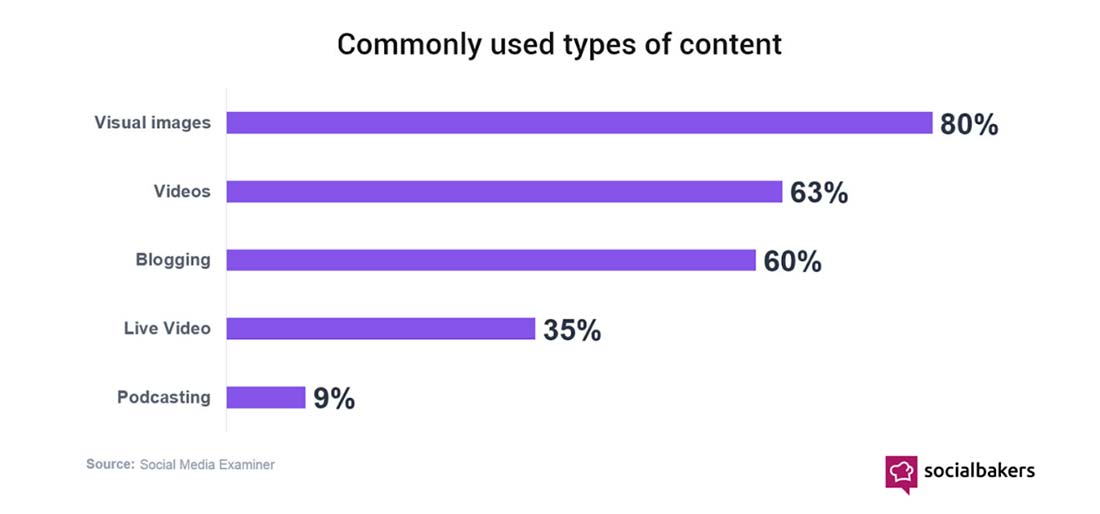
The Takeaway
This article outlined the necessary steps that you need to take to prepare for a successful webinar . Here is the summary to make sure that you have it all covered:
- ALWAYS focus on creating value for your audience instead of selling or promoting your business. Research topics that your participants care about and create an agenda around them.
- Always rehearse. No matter what. Even if your guest speakers don't want to rehearse, do it alone.
- Start promoting your webinar at least two weeks in advance by creating a landing page and share the information with your social networks.
- If you have guest speakers - put their bios and headshots on the landing page to add credibility.
- Don't forget about thank you emails after the registration and send email reminders closer to the date.
In the next posts, we will show you how to create an impactful presentation, conduct the webinar, and how to continue engaging your audiences after the webinar.
